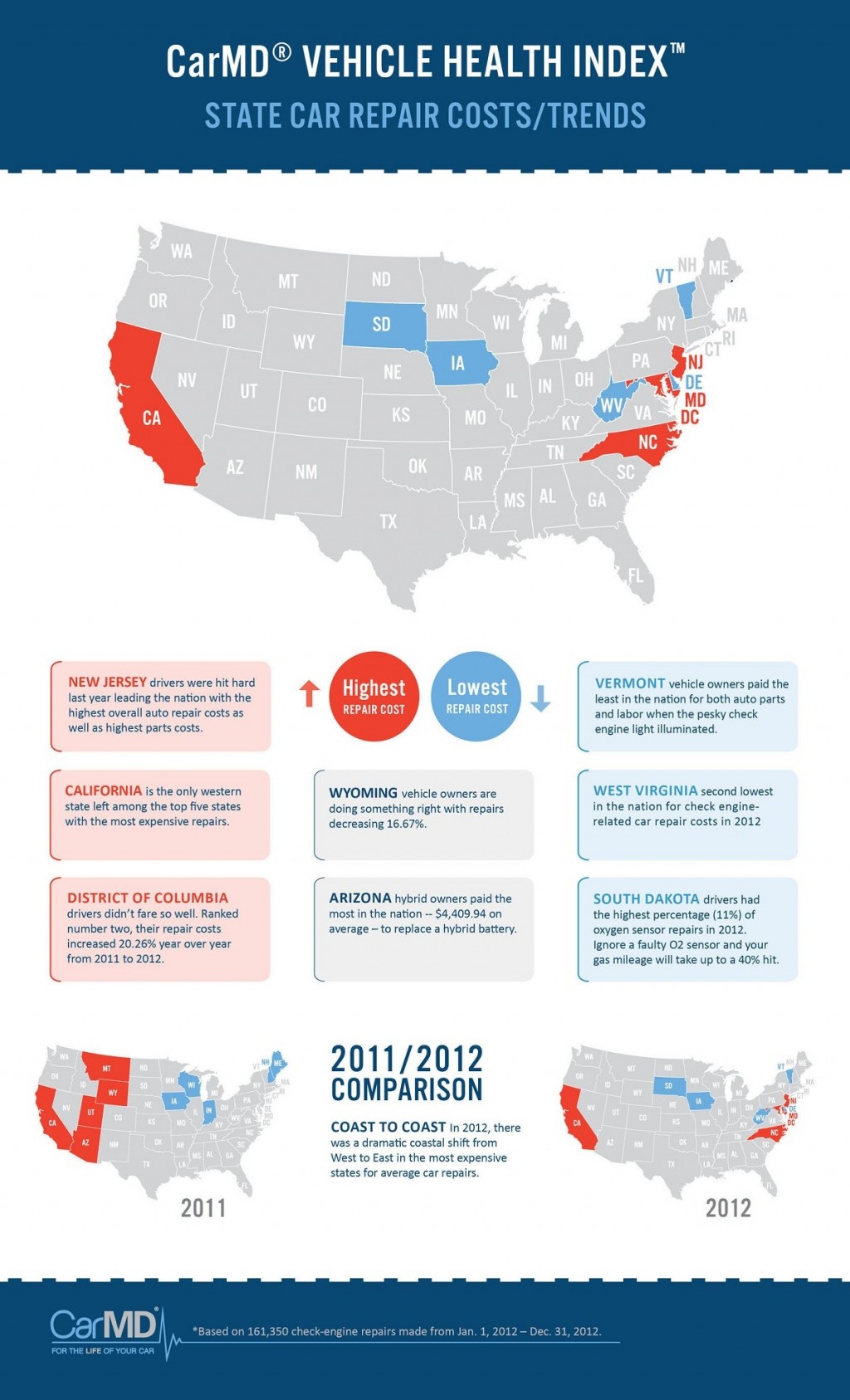Translating Your Car'S Alert Lights: Their True Effects
Translating Your Car'S Alert Lights: Their True Effects
Blog Article
https://arthurvqlez.livebloggs.com/36171342/auto-outlining-for-every-season-just-how-to-obtain-your-car-prepared-year-round -Boye Gilbert
When you lag the wheel, those glowing warning lights on your control panel can be a bit puzzling. Do you understand what they're attempting to tell you about your auto's health? Comprehending the significance of these lights is essential for your safety and security and the longevity of your lorry. So, the following time one of those lights appears, would not you want to understand its message properly and take the necessary steps to address it?
Common Warning Lighting and Interpretations
Determine common caution lights in your vehicle and comprehend their meanings to make certain safe driving.
The most normal caution lights consist of the check engine light, which indicates issues with the engine or emissions system. If this light comes on, it's crucial to have your automobile inspected without delay.
The oil pressure warning light suggests low oil stress, calling for immediate focus to prevent engine damage.
A blinking battery light might recommend a defective charging system, possibly leaving you stranded if not addressed.
The tire pressure tracking system (TPMS) light signals you to reduced tire stress, affecting vehicle stability and fuel efficiency. Disregarding car seat cleaning can bring about harmful driving conditions.
The ABS light shows a problem with the anti-lock braking system, compromising your ability to stop promptly in emergencies.
https://brakepads06173.blogoscience.com/36047043/transform-your-auto-s-visual-in-under-an-hour-with-beginner-friendly-guidance-that-will-certainly-wow-you-your-efficient-cars-and-truck-outlining-option-is-waiting-for-you but not least, the coolant temperature level warning light warns of engine overheating, which can lead to severe damages if not solved quickly.
Understanding these typical caution lights will assist you resolve issues quickly and keep secure driving conditions.
Value of Prompt Interest
Recognizing the common caution lights in your automobile is only the very first step; the significance of immediately dealing with these warnings can not be stressed sufficient to guarantee your safety when driving.
When a caution light illuminates on your dashboard, it's your automobile's means of interacting a possible concern that needs attention. Overlooking these warnings can lead to extra serious issues down the road, jeopardizing your safety and security and potentially costing you more out of commission.
Trigger attention to cautioning lights can prevent malfunctions and mishaps. As an example, a blinking check engine light might indicate a misfire that, if left neglected, could create damage to the catalytic converter. Addressing this without delay can save you from a costly repair work.
In a similar way, a brake system alerting light might signify low brake fluid or used brake pads, vital elements for your safety when driving.
Do It Yourself Troubleshooting Tips
If you observe a caution light on your control panel, there are a couple of DIY repairing ideas you can try before seeking specialist aid.
The primary step is to consult your automobile's handbook to understand what the details caution light indicates. Often the issue can be as easy as a loosened gas cap causing the check engine light. Tightening the gas cap might deal with the trouble.
An additional usual concern is a low battery, which can activate different cautioning lights. Examining the battery links for deterioration and ensuring they're safe and secure might repair the issue.
If a warning light persists, you can attempt resetting it by disconnecting the auto's battery for a couple of minutes and afterwards reconnecting it. In addition, inspecting your vehicle's fluid levels, such as oil, coolant, and brake fluid, can aid troubleshoot alerting lights connected to these systems.
Final thought
To conclude, understanding your cars and truck's warning lights is necessary for keeping your automobile running efficiently and securely. By quickly resolving these signals and knowing what they imply, you can prevent pricey repair services and possible break downs.
Remember to consult your car's handbook for certain information on each warning light and act appropriately to make sure a hassle-free driving experience.
Stay informed, stay risk-free when traveling!
